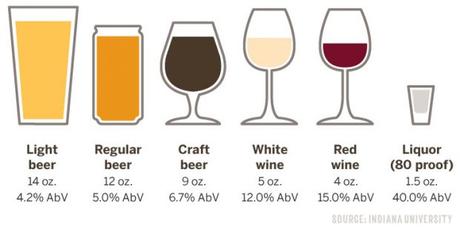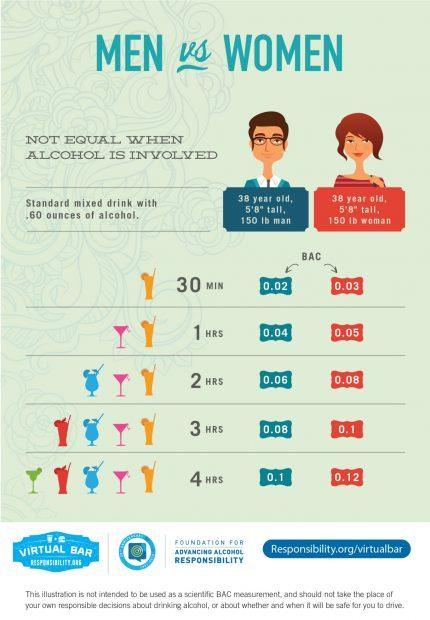
It's been a hell of a summer, hasn't it? Between ongoing quarantine and COVID scares, missed friends and canceled plans, social unrest and political nonsense, it's been a hot mess of struggle and stress for a whole lot of folks. Typically, the last days of summer meant the excitement (for kids) and relief (for parents) of back to school. Again, with the challenges and disappointment!
With all of these factors - combined with the unknowns of the new school year AND an increase in socially distant socializing - there are more and more occasions to enjoy a cocktail. Or two.
I'll admit it's been a struggle for me not to stress drink. Or drink out of boredom. Or just reward myself for making it through another day. Serendipitously, I've had the privilege of working with Responsibility.org this year. They've been a great resource when it comes to enjoying alcohol, well, responsibly.
Here are a few tips from Responsibility.org to help you toast the last days of summer - whether enjoying cocktails at home, hosting outdoor gatherings, or venturing out to restaurants.
Bars and restaurants use a standard pour to monitor how much alcohol they're serving - to keep track of their inventory and to avoid over-serving customers. For at-home drinking, it's a way to compare the strengths of different kinds of beverages, and a great way for you to control your alcohol intake.
The amount of liquid in your glass, can, or bottle does not necessarily match up to how much alcohol is actually in your drink. Different types of beer, wine or distilled spirits have very different amounts of alcohol content. Below is a chart comparing some common varieties of alcoholic drinks.

Or a simpler equation to remember: 12 oz. beer = 5 oz. wine = 1.5 oz. liquor
.
As much as you're able, control the amount of alcohol you have with each drink, whether pouring for yourself or serving guests. Keep a jigger or small measuring cup handy - this is especially helpful when mixing cocktails. Avoiding large glasses will also help in monitoring how much you drink or serve.
Keep in mind that even a standard pour affects each person differently. Factors such as age, weight, height and gender all determine a person's Blood Alcohol Concentration (BAC).
This infographic compares the BAC of a man and woman who are the same age, height and weight.

A BAC of .08% is the legal limit for American drivers, with most states having additional penalties for higher levels. However, even if you're drinking at home, knowing your BAC can be a good measure for how alcohol affects you and your judgement. If your BAC level isn't safe enough to get behind the wheel, it's probably not safe enough to give your kids a piggyback ride, tackle that home improvement project, or start a campfire in the back yard!
Here's another helpful resource from Responsibility.org - the Virtual Bar, where users can input their weight, gender and drink choice to learn their personal BAC.
Be Aware of Your Consumption
In addition to controlling the amount you drink and knowing how it affects you, there are other ways to be a mindful drinker and responsible host.
- Rather than topping off a drink, wait until the glass is empty to pour another.
- Always have plenty of food and water (or non-alcoholic mocktails) on hand for you and your guests to enjoy between drinks.
- Not hosting and unsure of the menu? Bring a protein bar or bag of pretzels just in case.
- Be in the moment. Focus on the conversations you're having, game you're playing, music being played, etc. instead of what you'll be drinking next.
- Take a disco nap. Exhaustion makes you more susceptible to the effects of alcohol, so rest up before you drink up.
I'll wrap up by reminding you (and me!) that being a responsible drinker isn't just about measurements and restrictions. It's about enjoying the beverage itself... and being thankful for experiences with loved ones, even in the midst of trying and uncertain times.
Here's to savoring the last days of summer, and to safely and sanely facing the adventures ahead!Responsibility.org is all about responsible alcohol choices. Please check out their site for valuable info for parents and non-parents alike. An important fact: parents are the leading influence on a child's decision to drink (or not drink). When conversations about alcohol between parents and kids increase, underage drinking decreases.
As a brand ambassador for Responsibility.org, I am being compensated to write this post. However, all opinions are my own.
comments

